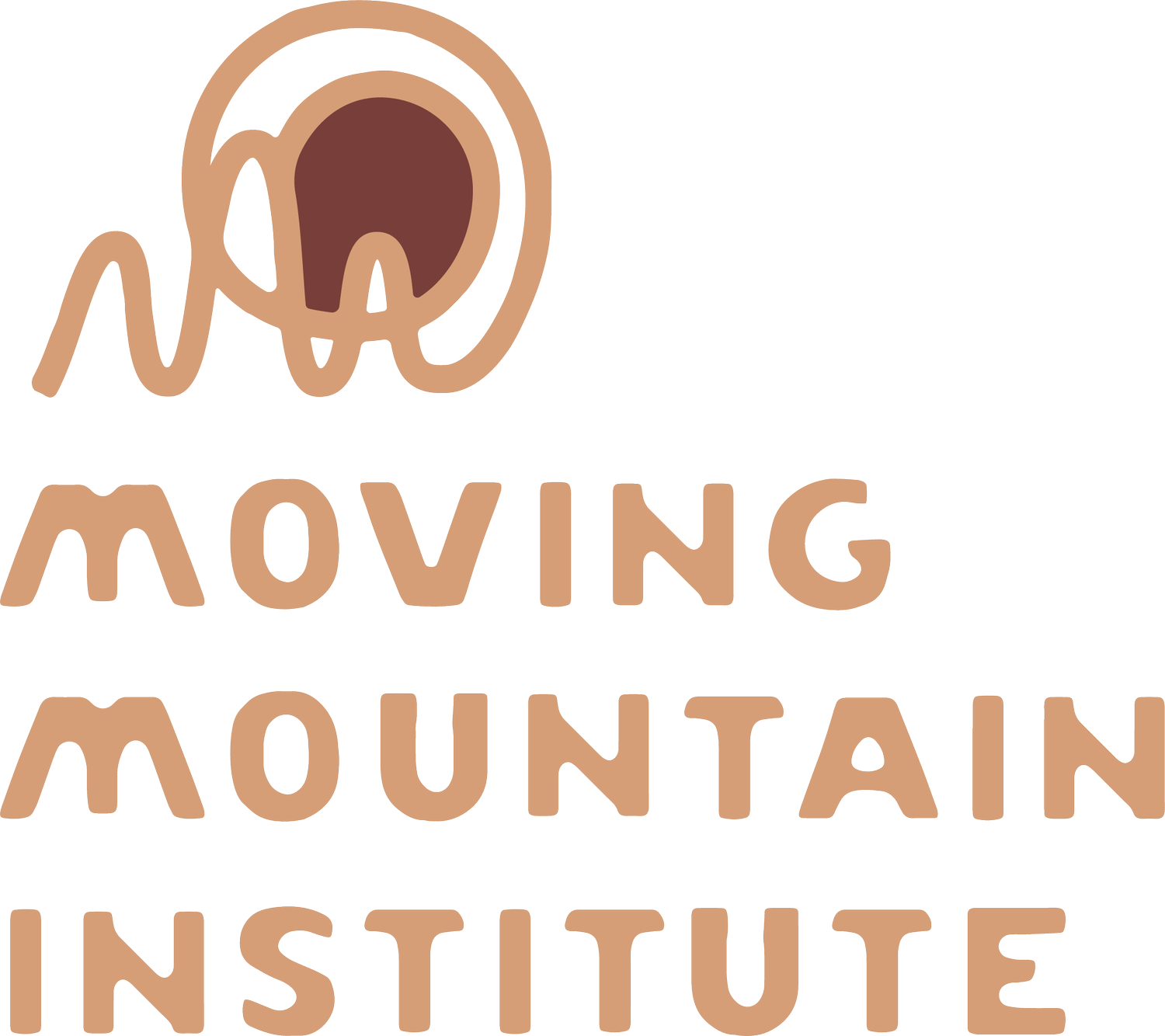The Next Generation of Curricula at Moving Mountain Institute
/Last month we made the difficult decision to pause all of our scheduled programs for the 2020-2021 academic year. As I noted in my last communication to everyone, it is always difficult to hit pause on those things we care so much about. However, sometimes it is just the right thing to do.
The educational landscape today is vastly different from the one ten years ago when I began teaching. Pausing has actually given me the time to reflect on how both I and the landscape have evolved.
I was recently asked to share some of the details of this reflection period and how I anticipate this will shape Moving Mountain Institute courses moving forward.
Here’s a snapshot from that Q&A:
Q: You’ve mentioned the educational landscape being different today than it was when you started out as an instructor. Is there a hidden opportunity of sorts to change how you teach the curricula to better align with a changed educational landscape?
A: Big question!
As soon as the pandemic caused us to postpone courses last March I became aware of an opportunity. Our courses have been designed with a heavy emphasis towards doing the techniques – it makes sense, it’s the obvious use of in-person time together. However, so much of my approach to all of these techniques relies upon a lot of background knowledge. This knowledge involves Osteopathic principles, relational anatomy, understanding how the nervous system and physiology interact, different tissue types and how they express themselves, integrating art and metaphor, etc… There is not time in our past iteration to address these important content areas adequately. Also, it is really hard on students to shift gears from learning, practicing and receiving the techniques to listening to lecture content.
So, splitting out the lecture content and allowing students to work with it at their own pace with ongoing discussion forums and synchronous check-ins will allow for students to go deeper with the background knowledge portion of the work. Our in person time then will be able to move from that depth into the work. I’m really excited to see how our in-person time changes because of the deeper background knowledge.
I’ve been working with an incredible team to develop a blended course format that has a combination of virtual asynchronous (learn at your own pace) and virtual synchronous (discussions and learning activities) that are useful to learners and will serve to educate on more of the basics, e.g. anatomy. We can use class time to not only learn the techniques but also explore more deeply how and when to use them, which I consider to be the clinical art piece that we haven’t been able to fully focus upon.
Students can review and revisit material independently over time, which also means they will likely retain more. This multi-faceted approach is more reflective of today’s learning styles. I’ve been doing a lot of research on online education these past several weeks. It’s really pretty exciting.
Q: Besides a global pandemic, what is driving some of these changes?
A: People want more depth. A multi pronged learning process extended over a longer span of time gives folks the opportunity to dive way deeper into the content, which is what I’ve wanted to do for a long time. While Covid-19 has definitely inspired us to initiate change, these will be longstanding and reflective of the evolving needs of the learning community.
Q: Now that you’ve had a couple of months to reflect and evaluate the MMI curricula, is there anything you’ve found exciting about the potential rework of the material?
A: Yes! Even before the pandemic, I felt we were extremely focused on learning the techniques themselves with less or no time to really talk about how to choose the techniques and effectively apply them in a clinical setting. Re-working the curricula allows me to add in the clinical art and clinical decision-making pieces that I mention above.
Q: As an educator, how were traditional class formats challenging and what does a hybrid class format offer that is different?
A: I think the traditional one or two day in person, eight-hour days have not allowed the levels of expression I think are most valuable to the learning process. There hasn’t been time for reflection and not enough opportunity to do the clinical art piece of work that I’ve mentioned. I want students to have the chance to really dig in. With the hybrid format students have the chance cover a lot more basics via independent study and intermittent virtual touch points that will subsequently allow for deeper levels of engagement as we work on the hands on components.
Q: What have been your biggest challenges in the process of reworking your curricula?
A: Learning new environments, e.g. the technology that supports the virtual learning requirements, as well as my own bias regarding online education. Those of you who know me know that technology isn’t my strong suit. However, I am fortunate to be working with a team that has lots of experience with this and have been excellent guides. I have a totally different view today than I did when I started this process.
Q: In some ways it sounds like you are creating a deeper connection between you, your students and the material. Do you see this happening with the new format?
A: Ironically, I think adding virtual components to the overall course structure will enhance our personal connections, which will in turn make for a better learning experience. Having access to the course materials in advance with structured study as well as check-in and discussion sessions prior to the course weekend(s) gives us the opportunity to communicate directly with one another over a longer period of time. I’d really love to see these class cohorts evolve into more of an experience overall.
Q: Can you give us an idea of what a hybrid class format look like?
A: I envision something like this:
· For the virtual asynchronous learning portion of the class students would be given access to materials (presentation, reading, lecture, etc.) a month in advance of the class, which would include some facilitated topical discussion forums. This will allow us to explore questions and begin a sustained dialogue related to the content. Students have so many amazing questions that don’t get enough attention when we are in person and having to keep to a specific schedule.
· For virtual synchronous learning I’d schedule 1-2 live discussion sessions prior to the course weekend.
· For the hands on session(s) we’d likely still have 8-10 hours of in person class time for a (traditional) two-day workshop, likely spread out over two half days, with 3-4 hours dedicated to the clinical art piece in addition to learning the technique itself.
· Post class students will continue to have access to materials, follow up, etc. to keep the learning process in motion.
Q: This sounds like a lot more time spent on learning a curricula than the traditional one or two day workshops you’ve done in the past.
A: It is and is actually more in line with what students have been asking for. At this point we are re-tooling all of our class materials to determine how many hours all of these pieces will total. I anticipate we will be adding to the CE hours for each course.
I’ve been going all the way back to the beginning of my own study and exploring what worked for me. I realize I am a pretty determined self-studier. This new format allows for part of the class actually be that time spent self-studying. When we learn in that way the content goes deeper and becomes part of our “background knowledge,” which research indicates is crucial for implementing skills in unique and novel circumstances; this has long been a goal of my teaching and I’m so psyched to be developing a better model for achieving that goal!
Q: As you’ve cancelled all of the previously scheduled courses for 2020-2021, what is your timeline for launching the hybrid formatted curricula?
A: I’ve been focusing on the Cranialsacral (CS) curriculum as the first series to launch in the hybrid format. I have been converting class materials into the requisite deliverables for an online learning management system and I plan to test the new format with a beta group in early December. Based on that I will fine tune everything and hope to launch the first CSI hybrid format class in early February. I will update folks as soon as I have more info.
***
Thanks to everyone for your ongoing support and feedback as I’ve navigated this new normal with curricula redesign. I remain committed as an educator and I look forward to bringing you the next generation of continuing education.
Michael McMahon




